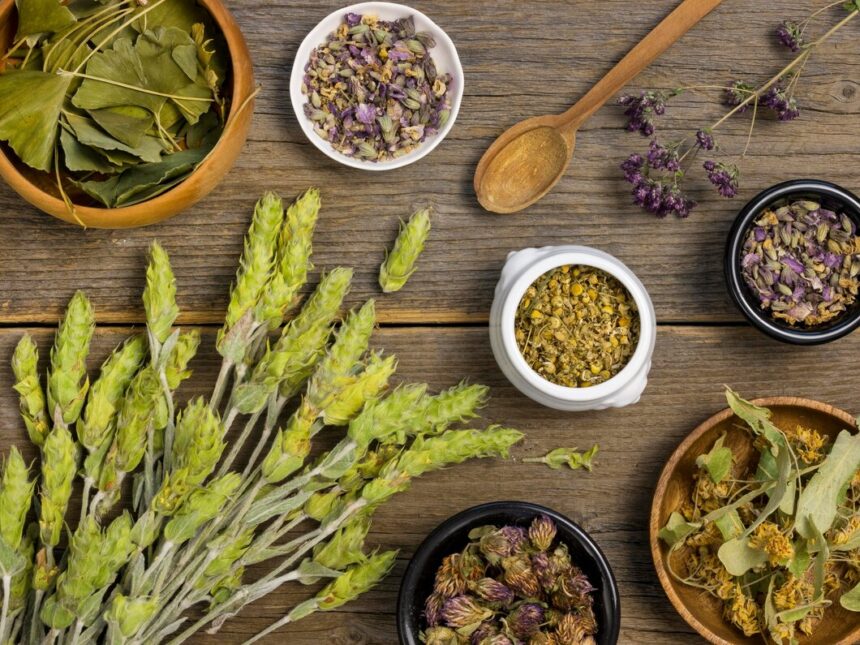Medicinal plants offer significant health benefits and have been used in traditional medicine for centuries. South Africa, with its diverse climate and rich biodiversity, provides an excellent environment for growing a wide range of medicinal plants. Here are ten effective ways to cultivate medicinal plants in South Africa:
- Choose the Right Plants for Your Region: Select medicinal plants that are well-suited to your local climate and soil conditions. Indigenous plants like Rooibos (Aspalathus linearis), Buchu (Agathosma betulina), and African Wormwood (Artemisia afra) are well-adapted to South African conditions.
- Prepare the Soil: Ensure that your soil is well-drained, fertile, and suited to the specific needs of the medicinal plants you are growing. Conduct a soil test to determine nutrient levels and amend the soil as needed with compost or organic matter.
- Understand Planting Requirements: Research each plant’s specific requirements, including light, water, and spacing. For example, many medicinal plants thrive in full sun, while others may require partial shade.
- Use Organic Farming Practices: Adopt organic farming methods to avoid synthetic chemicals that can impact the medicinal properties of the plants. Use natural fertilizers, compost, and pest control methods to maintain soil health and plant vitality.
- Practice Proper Watering Techniques: Implement efficient watering practices to keep your plants healthy. Avoid overwatering, which can lead to root rot, and consider using drip irrigation to provide a consistent water supply.
- Control Pests and Diseases: Monitor your plants regularly for signs of pests and diseases. Use organic pest control methods, such as introducing beneficial insects or using neem oil, to protect your medicinal plants without harming their therapeutic properties.
- Harvest at the Right Time: Harvest medicinal plants at their peak to ensure the highest concentration of active compounds. Timing will vary depending on the plant; for example, the leaves of many herbs are best harvested before they flower.
- Proper Drying and Storage: Dry harvested plants properly to preserve their medicinal properties. Use a well-ventilated, dry area for drying and store dried herbs in airtight containers away from light and moisture to maintain their potency.
- Rotate Crops and Manage Soil Health: Practice crop rotation and soil management techniques to prevent soil depletion and disease buildup. Rotating crops helps maintain soil fertility and reduces the risk of pest and disease infestations.
- Engage with Local Herbalists and Experts: Connect with local herbalists, traditional healers, and agricultural experts for guidance and support. They can provide valuable insights into cultivation practices and medicinal uses specific to your region.
By following these techniques, South African growers can successfully cultivate a variety of medicinal plants, contributing to both personal health and the broader herbal medicine industry.
Join 'Farmers Mag' WhatsApp Channel
Get the latest Farming news and tips delivered straight to your WhatsApp
CLICK HERE TO JOIN






